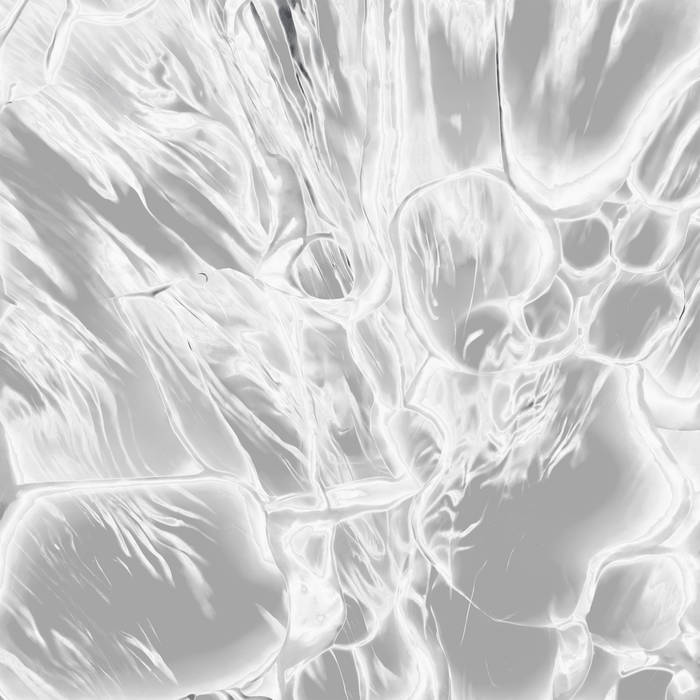Elori Saxl’s music ripples like the water under an ice sheet. The Brooklyn- and Wisconsin-based composer’s gurgling vibrations often sound as if they’re hidden under the surface, gently emerging from the bottom of a sprawling body of water. She established her voice with her 2021 debut, The Blue of Distance, in which she explored the seasons through gradually shifting melodies. But where much of her previous music embodied wide expanse, Drifts & Surfaces takes her meditative style and condenses it into three short pieces of quiet evolution.
Fittingly, Saxl’s time living on Lake Superior’s Madeline Island serves as loose inspiration for these works. Commissioned by percussion ensembles Third Coast Percussion and Tigue, both ‘Drifts’ pieces are in a continuous state of change, just like a lake; ‘Surfaces’, commissioned by The Guggenheim, takes a similar approach, ruminating on the gentle ways perceptions can differ as time passes. To illustrate these ideas, she explores the textures of each note, shrouding them in haze, dousing them in reverb, or fraying out their edges. Her strength lies in the balance she strikes between stillness and motion: Her pitches rarely stray from the warm mid-range of the spectrum and her phrases loop, yet her music perpetually expands.
Both ‘Drifts’ pieces highlight Saxl’s attention to texture and glacial pace. ‘Drifts I’ opens with a deep, rounded tone that serves as the piece’s backbone while feather-edged notes and undulating rhythms layer on top and swirl around it. Much of the piece lives in a mezzo forte, until it becomes hushed; regardless of its volume, the music always feels awash in a dreamy glow, as if the sun is shining down through the water’s surface and into the deep. ‘Drifts II’ reads like a variation on the themes and textures laid out in ‘Drifts I’, though its pulsing textures bubble faster and with more precision. Here, Saxl weaves a lattice of textures from oscillating tones, and with each reiteration, they get a little fuller, a little richer, as if they’re sinking even deeper underwater.
But nowhere are Saxl’s textures more captivating than the electronically manipulated string instruments that appear throughout ‘Surfaces’. Metal strings become distorted into razor-sharp beams of light; they turn cold, becoming icy, fragmented sounds. Like all Saxl’s pieces, ‘Surfaces’ grows and shrinks with each melodic repetition until it ends up somewhere else from where it began. She channels the imperceptible forces of nature in this quietly changing sound –the earth’s unnoticeable spin, the water’s tides. In the process, she reminds us that sometimes, the subtlest transformations offer the most monumental discoveries.


